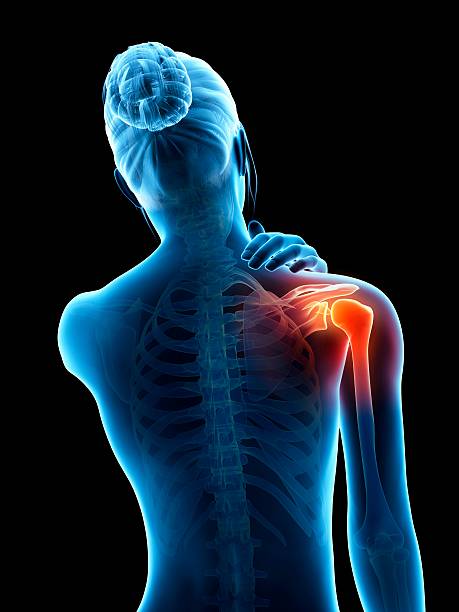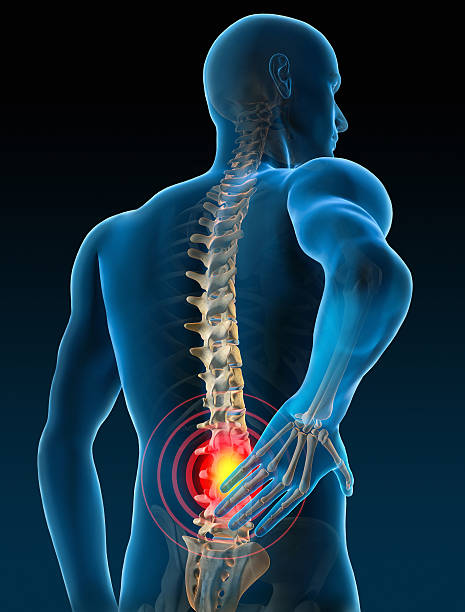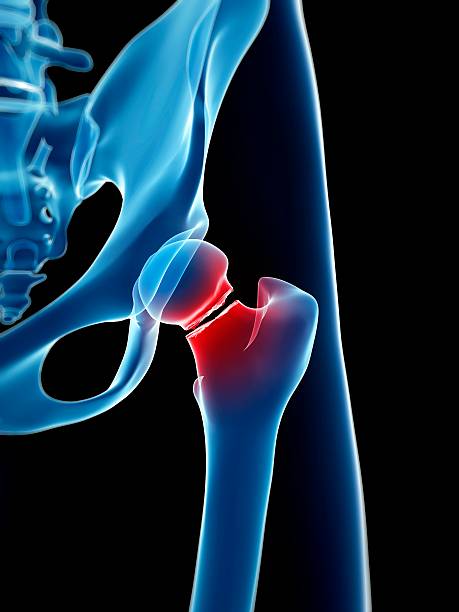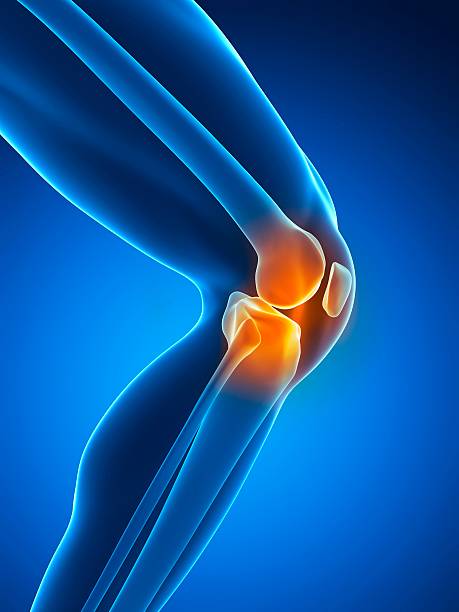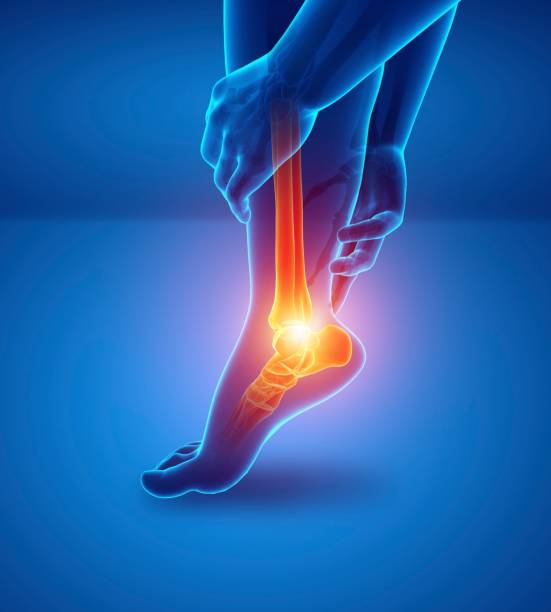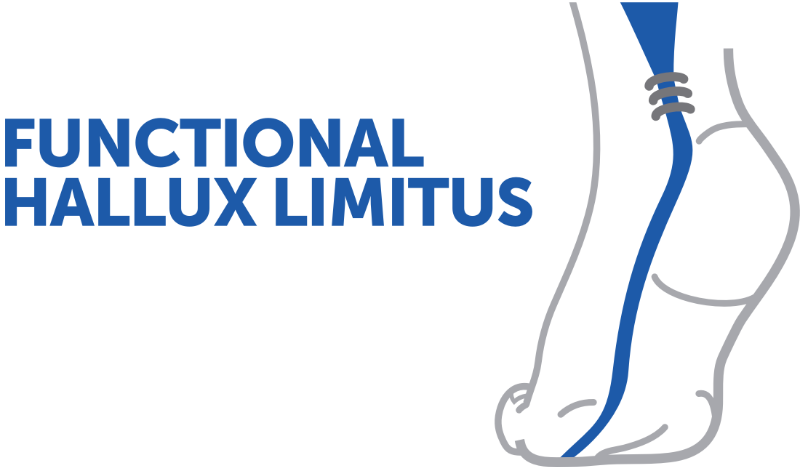Understanding Rotator Cuff Injuries
This educational video explains what rotator cuff pain is, possible causes of injury, common symptoms, and treatment options, from conservative to surgical. It provides a clear overview for patients suffering from shoulder pain.
Doctors
Topics
Treatments
Advice
- Dr. Steve Brenn
- Definition of the rotator cuff
- Symptoms
- Diagnosis
- Types of injuries
- Treatments
- Conservative treatment
- Surgery
- Arthroscopy
- The rotator cuff is the engine of the shoulder
- An accurate diagnosis requires imaging and a good clinical examination.
- Surgery can prevent the lesion from progressing
Information
Video type:
Anatomy:
Surgery:
Thematic:
Understanding the Rotator Cuff
The rotator cuff consists of several tendons that stabilize the shoulder and guide its movement. When one of them cracks or ruptures, the joint loses its centering and becomes painful, especially during elevation and rotation.
This anatomical understanding helps to link symptoms to everyday actions and to consider appropriate solutions.
Symptoms that should alert you
Shoulder pain on abduction, nighttime discomfort, cracking, and weakness on elevation are suggestive. A progressive decrease in active mobility, sometimes with a "dropping" shoulder sensation, warrants specialized evaluation to prevent worsening and preserve function.
The earlier the care is structured, the better the chances of regaining a pain-free and useful shoulder.
The rotator cuff is essentially five tendons.
Useful tests to confirm
After the clinical examination, imaging confirms the diagnosis and specifies the severity. MRI arthrography is particularly informative for assessing the extent of the tear, retraction, and muscle condition. These data guide the decision between conservative treatment and surgery.
A clear assessment makes it possible to simply explain the situation and align treatment with the patient's goals.
Treatments: from conservative to surgical
Treatment begins with pain relief and physiotherapy focused on shoulder re-centering and scapulothoracic coordination. If pain persists and the tear is repairable, arthroscopic repair involves stitches and sutures that reattach the tendon to the bone. This step aims for healing and strength recovery.
When the rotator cuff is irreparable, other options, including reverse prosthesis, can restore satisfactory function.
50% of consultations for shoulder pain are related to rotator cuff injuries.
What to expect after a repair
Tendon-bone healing takes time. For about six weeks, the shoulder is protected by a splint with supervised passive mobilizations. Assisted active movement is then introduced, followed by progressive strengthening from the third month.
This progression, explained in advance, secures the resumption of daily gestures and sporting activities.
Prevent relapses and protect your shoulder
Prevention is based on maintaining mobility, harmoniously strengthening the scapula's stabilizers, and adapting professional or sporting movements. A personalized program consolidates the results and reduces the risk of recurrence.
The goal is to regain a reliable shoulder for essential activities and leisure activities.
Pathologies treated at the center
Hallux Limitus
Functional
Your pain has a cause.The balance sheet allows us to understand it.
- Gait analysis
- Posture Assessment
- Guidance on the right treatment
- Study of plantar supports and supports
- Detection of compensations
- Pain–movement correlation
The functional assessment allows us to understand how a joint or postural imbalance can trigger or perpetuate pain. Very often, imaging is normal, but movement is disturbed. By analyzing gait, weight-bearing patterns, or posture, we identify the weak links in the chain and guide targeted treatment adapted to the patient's actual mechanics.


